Bannack - Montana's Best Preserved Ghost Town
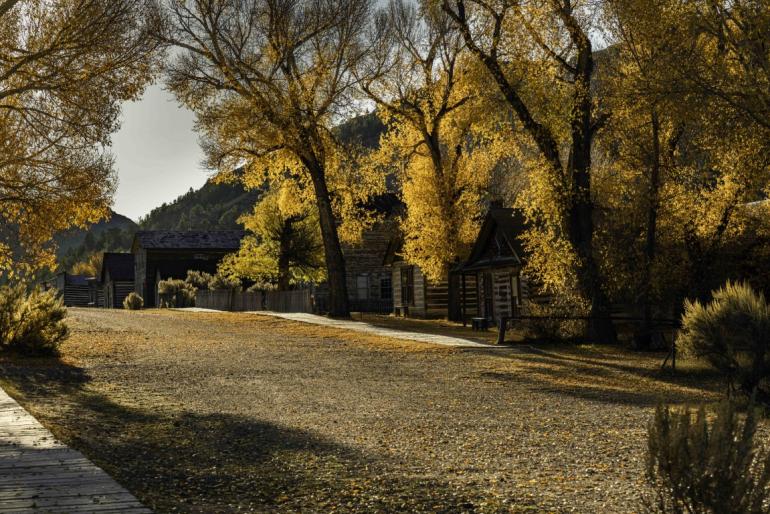
“The roads and boardwalks are deserted. The doors sway in the wind. There are no children laughing and adults gossiping. The gold rush is long over. It is but a memory left in old dusty journals. With nightfall, the spirits return to tell their tales.” - Sue Kaiser
I recently posted a story about Virginia City, and how it is very different from the usual concept of a “ghost town”. It is a real town and a county seat to boot, but the center of town has been “restored” to what a gold rush town of the nineteenth century was like and is, in effect, an open-air museum. Montana has many other, real, abandoned ghost towns – some decaying back into Mother Earth and are all but forgotten, and some have been preserved and stand as a testament to those former “glory days.” Located in southwest Montana, on Grasshopper Creek, Bannack is one of the best examples of the latter.
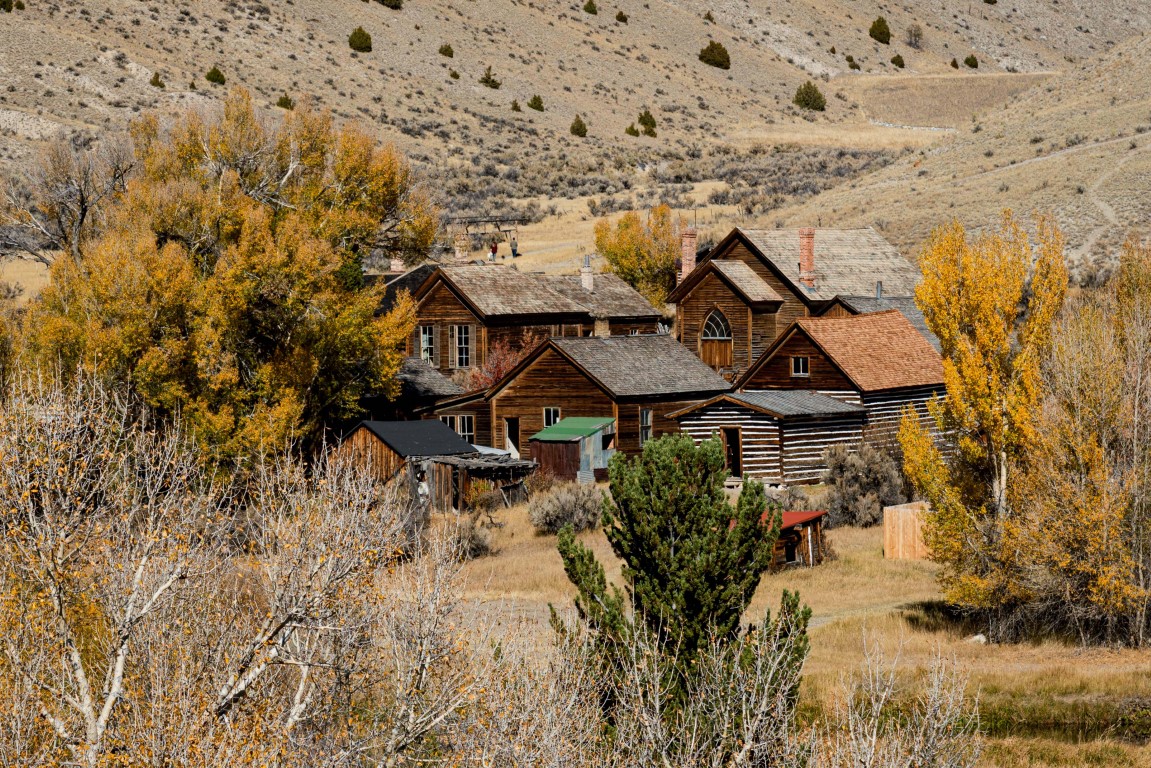 Bannack and Virginia City both started off with a similar early history, owing their founding to the exploitation of placer gold deposits in nearby streams. They were both born within a year of each other in the early 1860s, and in many respects, are “sister cities,” which originally followed parallel paths. Indeed, as we will see, there is much that links these two former Montana gold rush towns. However, their respective fates ended up being quite different.
Bannack and Virginia City both started off with a similar early history, owing their founding to the exploitation of placer gold deposits in nearby streams. They were both born within a year of each other in the early 1860s, and in many respects, are “sister cities,” which originally followed parallel paths. Indeed, as we will see, there is much that links these two former Montana gold rush towns. However, their respective fates ended up being quite different.
The year was 1862 when Bannack became the site of Montana’s first major gold strike. Bannack developed into a true boomtown, with a population “booming” to 3,000 within the first year, later peaking at about 10,000. There were three hotels, three bakeries, three blacksmith shops, two stables, two meat markets, a grocery store, a restaurant, a brewery, a billiard hall, and four saloons. Today, approximately 60 buildings and structures remain to be explored. It served as the first capital of Montana Territory in 1864, before ceding that distinction to Virginia City after 1 year. Bannack became a state park in 1954 and declared a National Historic Landmark in 1961.
I recently had the good fortune to re-visit Bannack, staying at its campground along Grasshopper Creek. I got up early to a beautifully clear, southwest Montana fall morning. For the first hour and a half that morning, I had the town essentially to myself – roaming its wide, deserted main street, wandering inside some of its buildings, and generally enjoying the fall colors of the brilliantly yellow cottonwoods along the creek and in town. With so much of the town preserved, it wasn’t too hard to imagine life 150 years ago there.
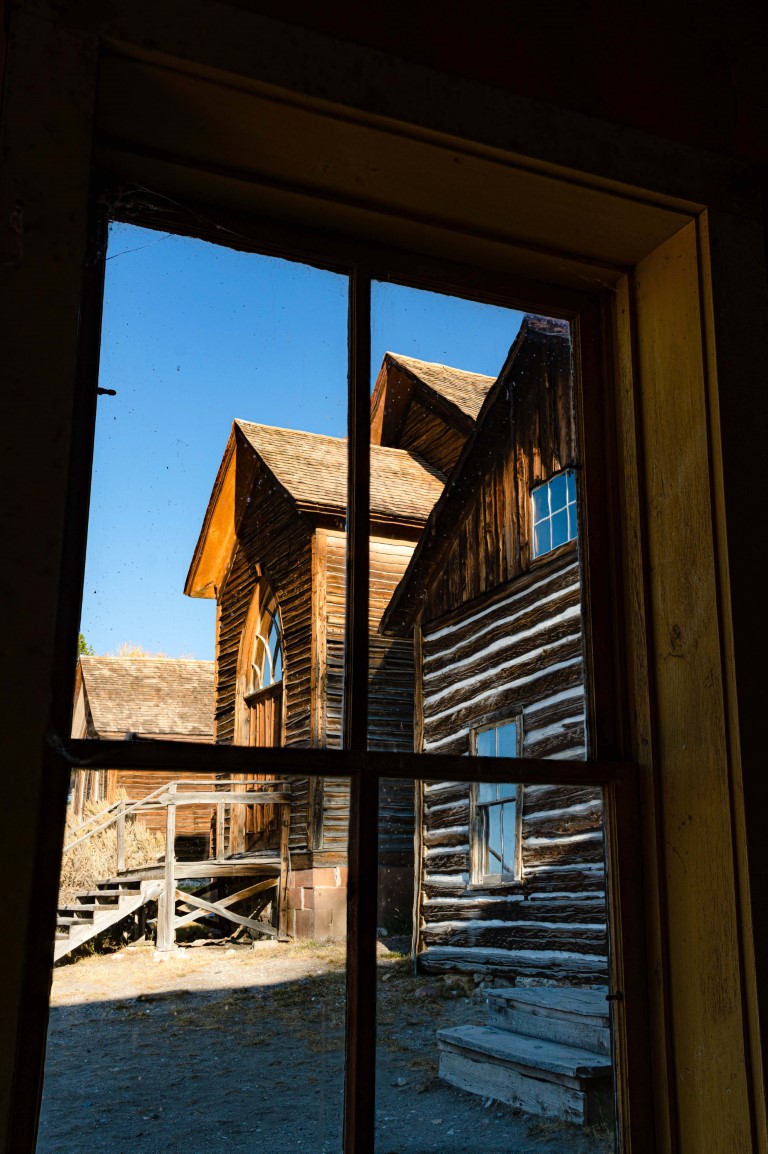 The early history of Bannack is very “colorful” and reads like a Hollywood western. With Virginia City also booming to the north, there was an active stage line between the two gold towns. At the time Bannack and Virginia City were part of a remote region of the Idaho Territory, and there was no official law enforcement or justice system for the area. These were dangerous times, and travel was very risky. There were outlaws, known as “Road Agents” that preyed on travelers along this route.
The early history of Bannack is very “colorful” and reads like a Hollywood western. With Virginia City also booming to the north, there was an active stage line between the two gold towns. At the time Bannack and Virginia City were part of a remote region of the Idaho Territory, and there was no official law enforcement or justice system for the area. These were dangerous times, and travel was very risky. There were outlaws, known as “Road Agents” that preyed on travelers along this route.
There are estimates that over 100 persons were killed in road agent robberies in the fall of 1863. That December, Virginia City formed a vigilante group known as the “Vigilance Committee of Alder Gulch”, to try to establish some sort of order. They rode into Bannack in January of 1864 and captured the town’s own sheriff, Henry Plummer, and 2 of his deputies, all implicated by one of the Committee’s earlier victims. They were summarily hung there in Bannack the next day. Plummer is recorded as asking them to give him a “good drop”. All tolled, they hung 21 men over the course of 6 weeks without due process. With the establishment of Montana Territory in 1864, formal territorial law finally reached Alder Gulch later that year, and the vigilante activity waned.
Interestingly, Nathaniel Langford, the first superintendent of Yellowstone National Park, was a member of that vigilante committee.
There is much to see that is still preserved. Bannack is open all year and invites exploration at any time, but the Visitor’s Center is only open May – October. At the Visitor’s Center you can get a $2 booklet to help your self-guided tour of the town, as well as knowledgeable park rangers who offer deeper insights into its history. There is a campground that has 28 sites located along Grasshopper Creek, which also offers, a hike-in/bike-in campsite, with four tent pads, and a group picnic area.
“Bannack is not a dead ghost town, but a living classroom. For future generations to understand how far and from where we have come, we must recall our past, both the good and the bad.” Stan Smith.
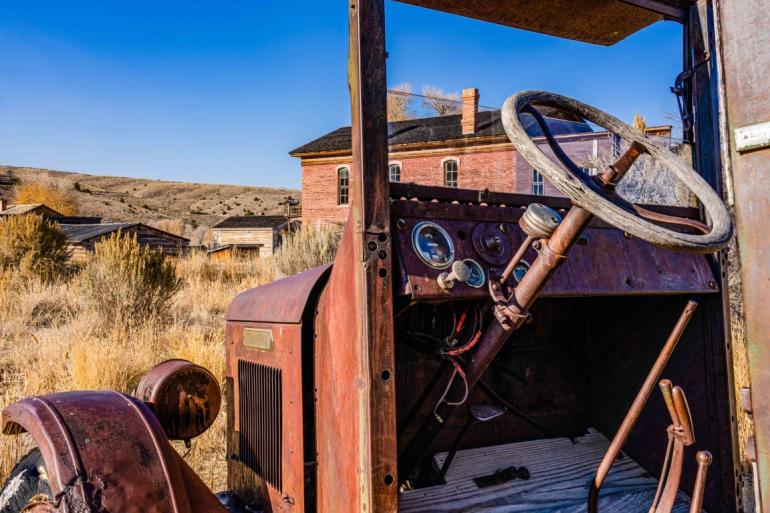
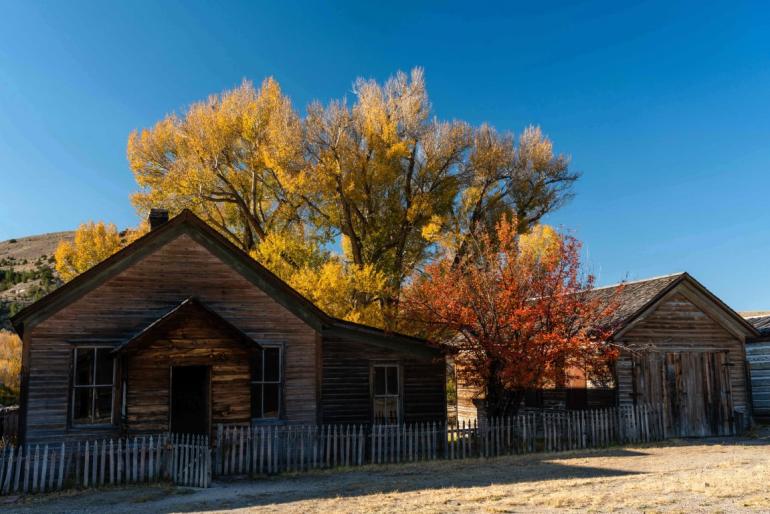
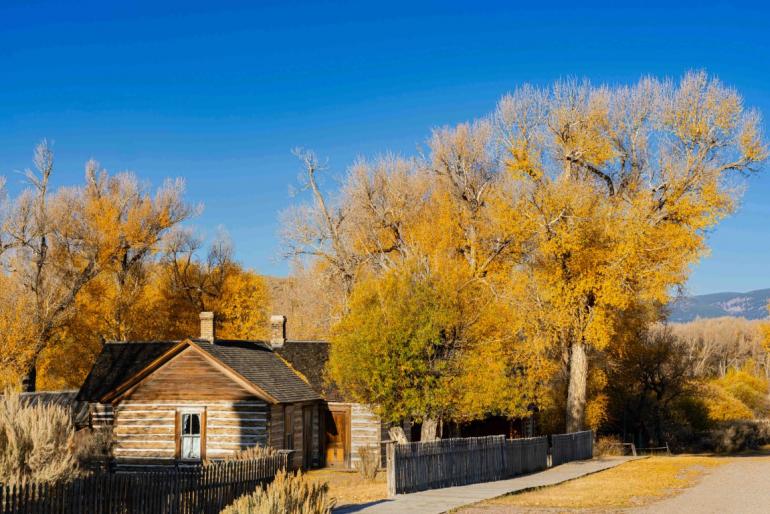
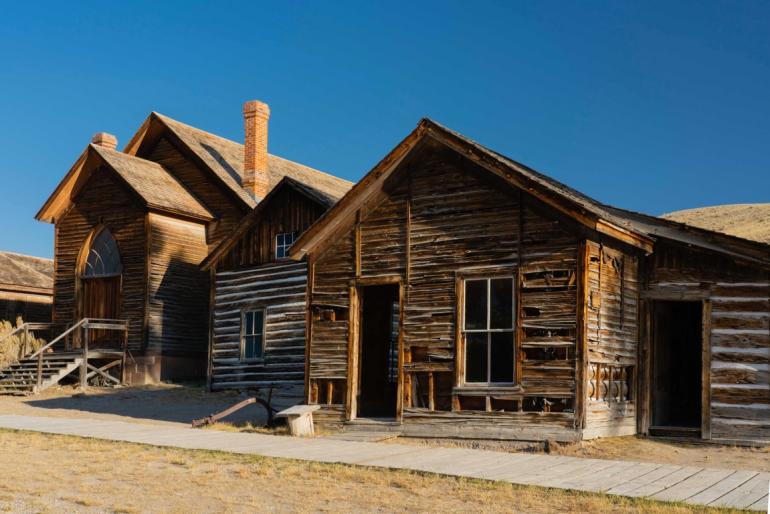
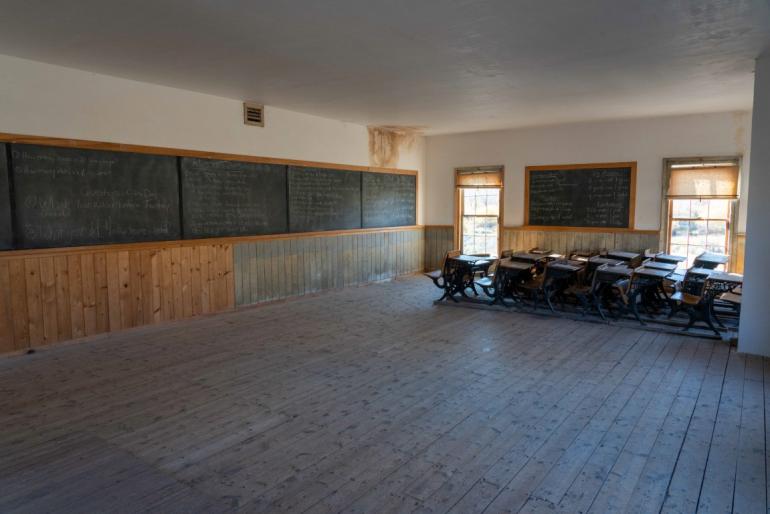
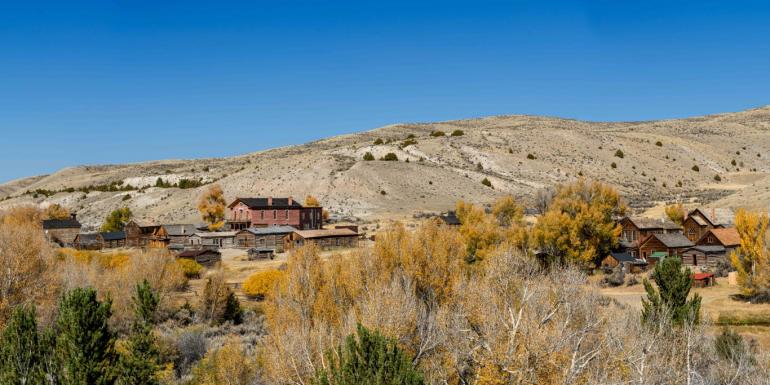
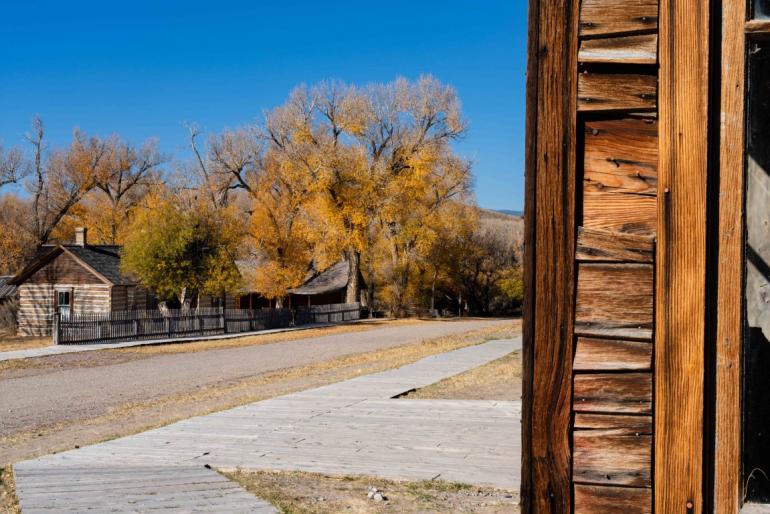
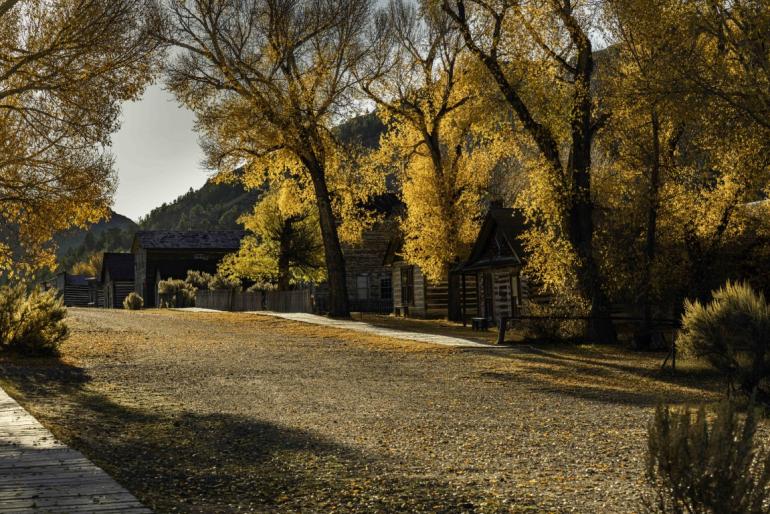
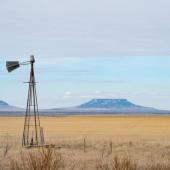



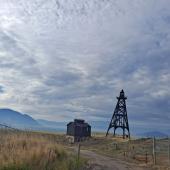


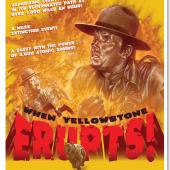

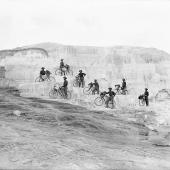

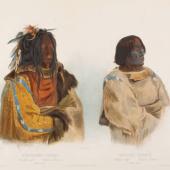
Did you know that Bannack was home to the first female doctor in MT??
- Reply
Permalink